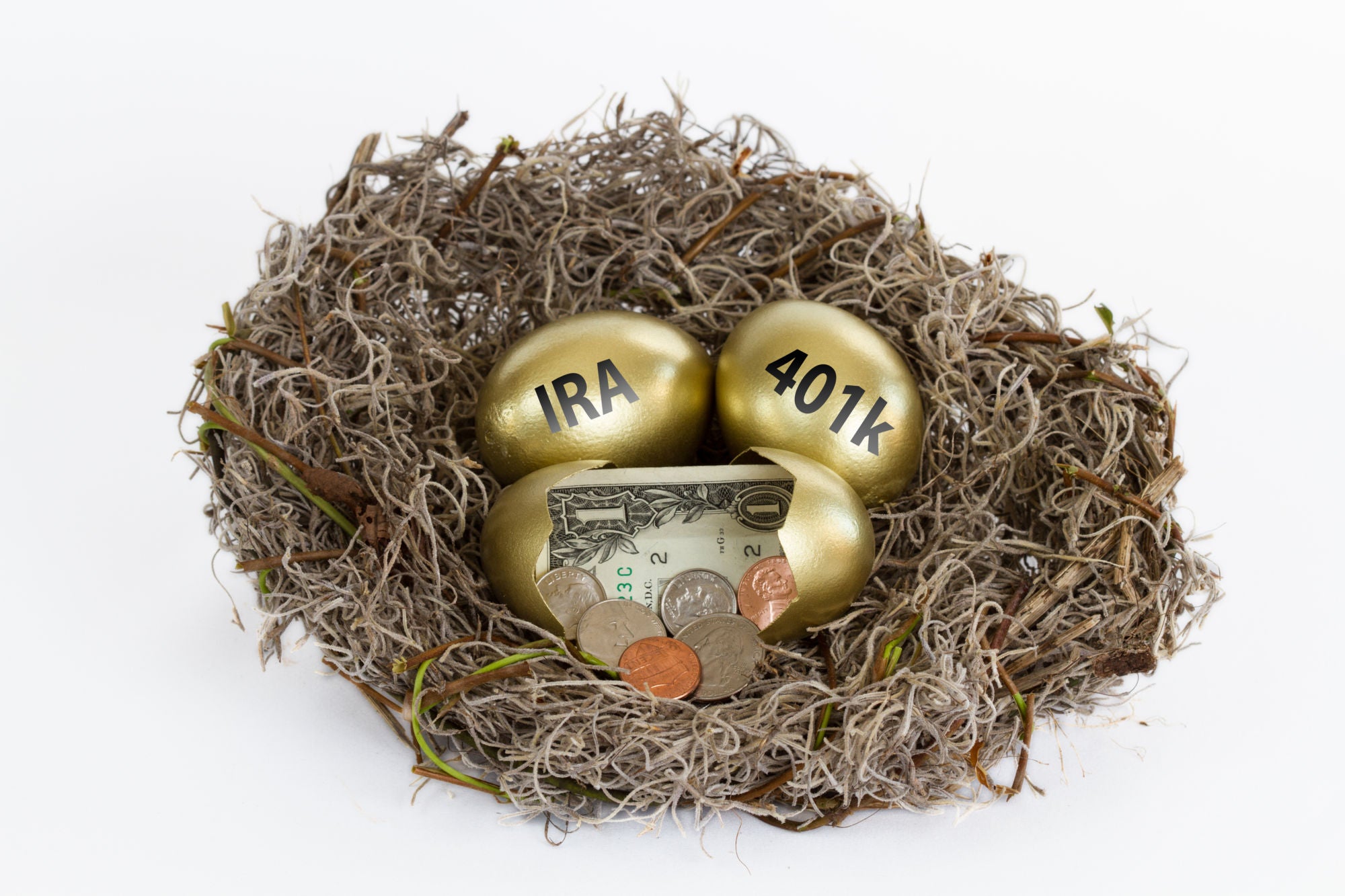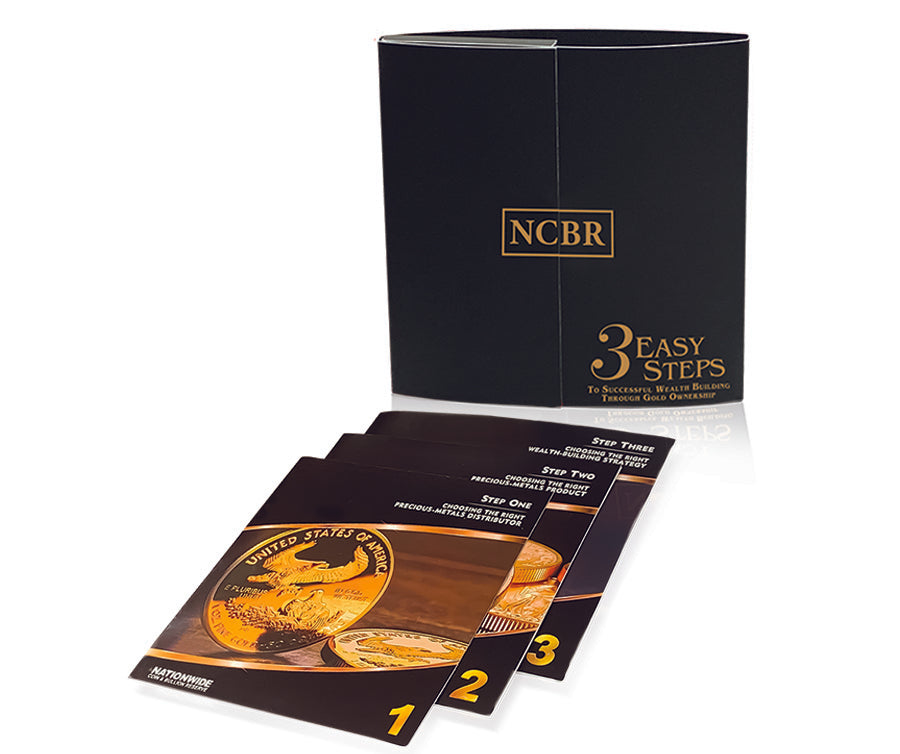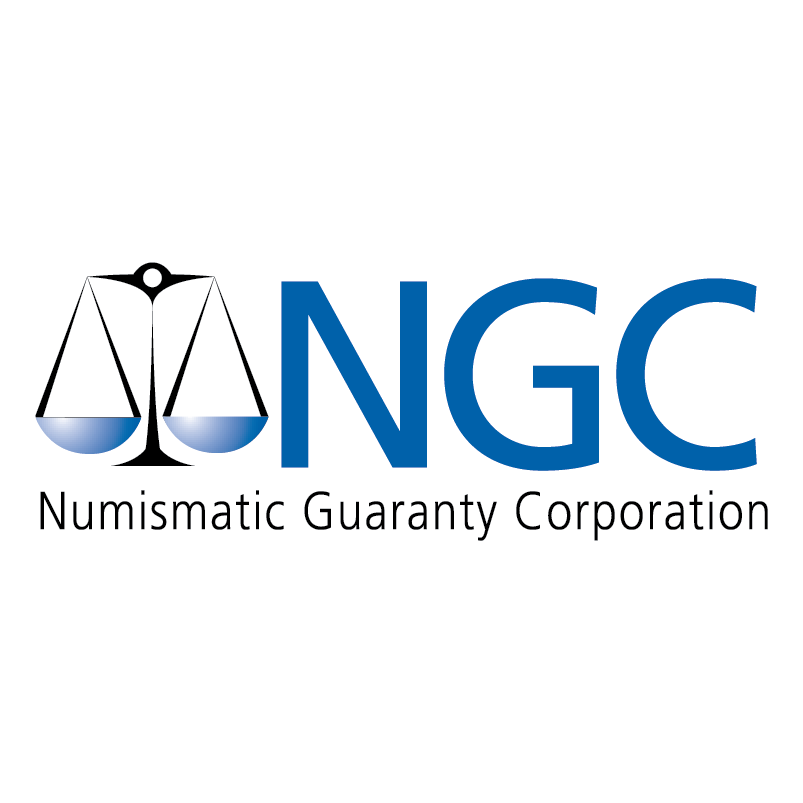When it comes to bullion investing, the type of metal is an important factor in which bullion you choose. Most people know the term metal, but not all metals are precious metals. Precious metals are what are used in bullion investment so it’s important to be familiar with your options.
WHAT MAKES A METAL A PRECIOUS METAL?
Precious metals are types of metals that have high economic values for various reasons, either being their value as currency or because they are rare. While metals can be exchanged for money for their use in industry applications (aluminum, copper, etc), only precious metals are used for investment which makes them different from metals that are not deemed precious.
TYPES OF PRECIOUS METALS
INVESTMENT PRECIOUS METALS
GOLD
Gold is the most well known precious metal for many reasons, but the most noteworthy is its strong ties to global economies throughout history. Used as currency in the U.S and elsewhere for 100 years, this makes it inherently valuable and can still be exchanged for fiat currency. While gold is not the most rare precious metal, it still isn’t nearly as common as other metals found abundantly in nature. These two traits, rarity and use as currency, combined put gold in the precious metal category.
Gold is not only popular for its economic connection, it’s also the most popular precious metal for bullion investing. Most investors prize gold bars or coins as their most valuable bullion asset. Gold is malleable and can be shaped into bars called ingots or gold coins with beautiful designs, making them popular with investors and collectors alike.
SILVER
If gold is the most well known precious metal, silver is easily second. Silver has more industrial uses than gold so it’s valuable as both currency and for its industrious properties. All precious metals also have a level of rarity; silver is no different. These three characteristics, use as currency, rarity, and use in various industries, makes silver a precious metal and a very important one! Silver has the highest electrical and thermal conductivity of any elements and has the lowest contact resistance.
Silver is second in popularity and bullion investing. Just like its gold counterpart, silver bullion is found in both bars and coins. Silver is popular choice for bullion if you’re just starting because it is less expensive than gold, but still valuable.
PLATINUM
If there was a ranking on “preciousness” platinum could be considered the most precious of all the precious metals. It’s 15 times rarer than gold! It’s also more ductile than gold, silver or copper. Because it has remarkable corrosion resistance it’s used in a wide variety of important applications like catalytic converters and lab equipment.
Platinum is also a bullion, like gold and silver, that’s struck into coins or bars. Platinum bullion has its own advantages and disadvantages when it comes to investing. During periods of economic prosperity, platinum’s value tends to rise. During times of economic uncertainty, its value tends to decrease. This is the opposite of gold, making them complementary portfolio pieces.
PALLADIUM
Palladium is related to platinum, as they both belong to the elemental category called platinum metal group or PGM. It also has some of the same uses as platinum especially with its use in catalytic converters. More than half of the supply of Palladium is used in this manner.
Palladium is also an investable precious metal! It’s a relatively new investable precious metal when compared to its counterparts. The first palladium coin was issued by Sierra Leone in 1966. The United States just started striking Palladium American Eagles in 2017. Currently, palladium is still low on the radar of some investors, but as more mints create palladium bullion we will see it gain popularity.
NON INVESTMENT PRECIOUS METALS
RUTHENIUM, RHODIUM, IRIDIUM, OSMIUM
These precious metals all belong to the same group as platinum and palladium, PGM. This entire group of metals are considered precious metals because they share similar properties and are found together in nature. Although ruthenium, rhodium, iridium, osmium are not used for investment purposes, they are important in various industrial applications like electrical and automotive spaces. A common characteristic they share is their extreme density, making them strong, durable precious metals.
Real Time Precious Metals Data Below







